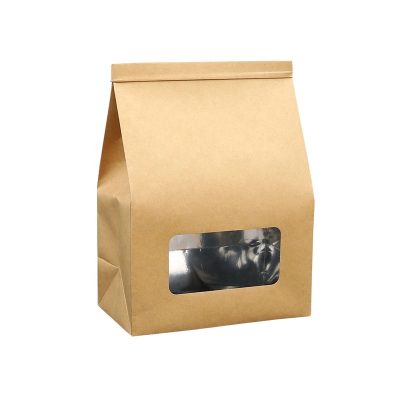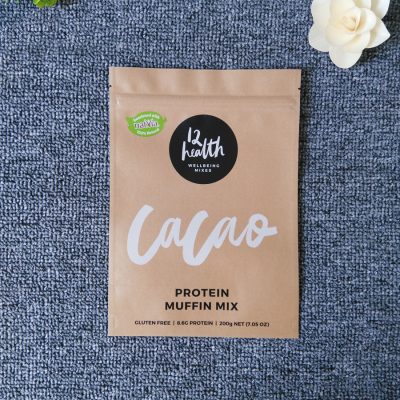The emergence of kraft paper bags has changed the traditional thinking that people’s shopping volume can only be limited to the number of items that can be carried by their hands, and also makes consumers no longer worry about not being able to get them and reduce the enjoyment of shopping itself. It may be an exaggeration to say that the birth of kraft paper bags has promoted the development of the entire retail industry, but it at least reveals to businesses such a phenomenon that you can’t until the customer’s shopping experience becomes as comfortable, relaxed and convenient as possible. Predict how many things consumers will buy. It was this point that attracted the attention of latecomers to the consumer shopping experience, and at the same time promoted the later development of supermarket shopping baskets and shopping carts.
In the following half a century, the development of kraft paper shopping bags can be described as smooth and smooth. The improvement of materials has increased their load-bearing capacity and their appearance has become more and more exquisite. Manufacturers printed various trademarks and patterns on kraft paper. On the bag, enter the shops and shops in the streets and alleys. Until the middle of the 20th century, the emergence of plastic shopping bags became another major revolution in the history of shopping bags. It eclipses the once-popular kraft paper bag with the advantages of lighter, thinner, stronger and lower manufacturing cost. Since then, plastic bags have become the first choice for daily consumption, and cowhide bags have gradually “retreated to the second line”. Finally, the decayed kraft paper bags can only be used in the packaging of a small number of skin care products, clothing, books, and audiovisual products under the name of “nostalgia”, “natural” and “environmental protection”.
However, with the global prevalence of the “anti-plastic” wind, environmentalists have begun to turn their attention to the ancient kraft paper bags. Starting in 2006, McDonald’s China has gradually implemented a kraft paper bag with thermal insulation properties to hold take-out food in all stores, instead of using plastic food bags. This move has also received positive responses from other businesses. The original big consumers of plastic bags have begun to use high-quality kraft paper bags instead of plastic shopping bags. 

Facebook page opens in new windowTwitter page opens in new windowDribbble page opens in new windowPinterest page opens in new window
+86 18868944843max@nbthe.com
Pouch Manufacturer, Custom Printed Pouch Suppliers, Wholesale Paper Pouch, Plastic Zipper Pouch, Packing Pouch Factory


















